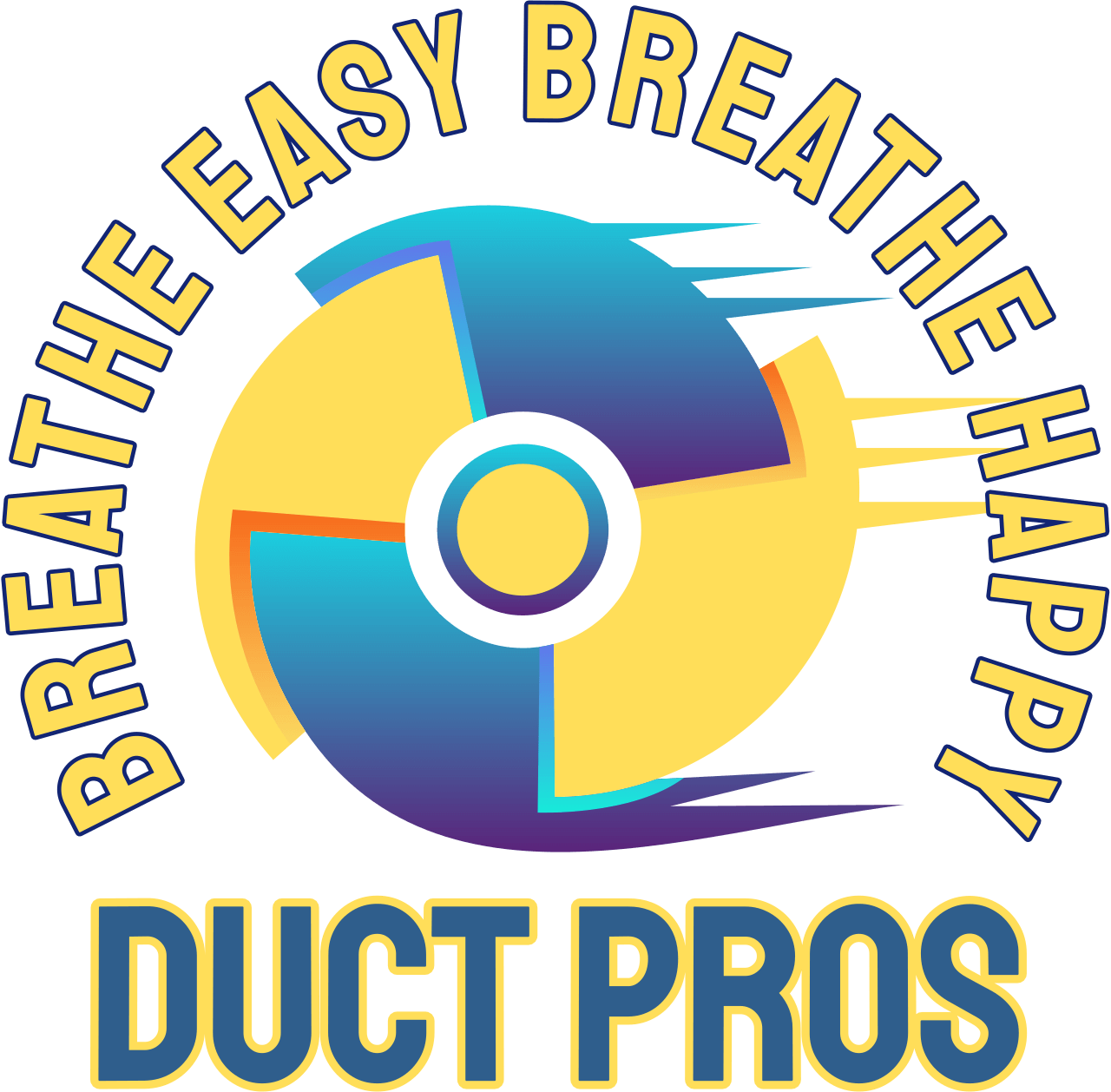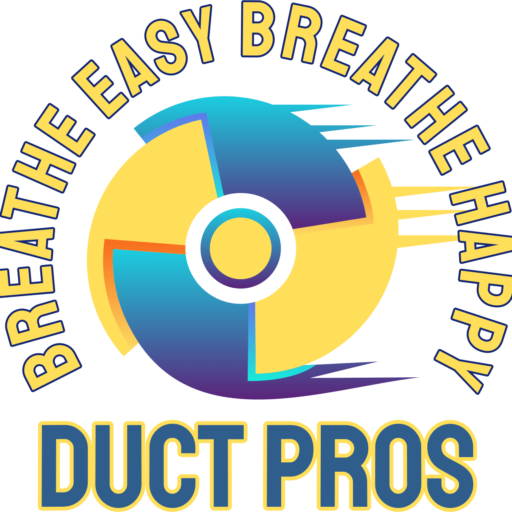Understanding Ductwork Systems
Properly understanding the components and functionality of ductwork systems is essential for homeowners, building managers, and HVAC professionals alike. Ductwork plays a crucial role in HVAC (Heating, Ventilation, and Air Conditioning) systems, ensuring the efficient and effective distribution of conditioned air throughout a building. In this comprehensive guide, we will explore the components that make up a ductwork system, the materials used, how these systems work, common issues and challenges, maintenance practices, and potential upgrades. By deeply understanding ductwork systems, you will be better equipped to optimize indoor comfort, energy efficiency, and overall HVAC performance.
What is a Ductwork System?
A ductwork system is a network of channels or passages that facilitate the flow of conditioned air throughout a building. It acts as a conduit, delivering heated or cooled air from the HVAC unit to different rooms or spaces. Additionally, the ductwork system ensures the return of air back to the HVAC unit for reconditioning. Without a well-designed and properly functioning ductwork system, HVAC systems would struggle to effectively distribute air, resulting in poor indoor comfort and energy inefficiency.
There are several key components that make up a ductwork system. These include supply and return ducts, grilles, registers, diffusers, dampers, plenums, and air handlers. Supply ducts carry conditioned air from the HVAC unit to various rooms or spaces, while return ducts bring back the air for reconditioning. Grilles, registers, and diffusers are the visible components of air entering or exiting a room. Dampers control airflow and temperature, ensuring proper balance and zoning. Plenums serve as distribution chambers, and air handlers handle the movement of air within the system.

Types of Ductwork Materials
Ductwork systems can be constructed using different materials, each with its advantages and considerations. Sheet metal ducts, typically made of galvanized steel or aluminum, are durable, fire-resistant, and suitable for high-velocity systems. Fiberglass duct board offers excellent thermal insulation properties and is often used in residential applications. Flexible ducts, made of a wire coil covered with a flexible plastic, are easy to install and are ideal for retrofitting or tight spaces. On the other hand, ductless mini-split systems eliminate the need for traditional ductwork altogether, offering individualized heating and cooling options for specific areas.
Understanding the basic airflow principles within a ductwork system is crucial for optimizing its functionality. Airflow within the ducts is driven by the HVAC unit’s fan or blower, which creates positive pressure in the supply ducts and negative pressure in the return ducts. Supply ducts distribute conditioned air from the HVAC unit to various rooms, while return ducts collect air from those rooms and return it to the unit for reconditioning. Proper zoning and duct design ensure balanced airflow and optimal temperature control throughout the building.

Common Issues and Challenges
Several issues can affect the performance of ductwork systems. Duct leakage is a common problem resulting in energy loss, decreased efficiency, and poor indoor comfort. Inadequate insulation can lead to heat gain or loss, reducing energy efficiency and causing temperature imbalances. Poor airflow balance may result in certain rooms being too hot or too cold. Additionally, noise and vibration can occur due to ductwork design flaws or improper installation. Identifying and addressing these issues promptly is crucial to maintaining optimal system performance.
Regular maintenance is key to ensuring the longevity and efficiency of ductwork systems. Inspections should be conducted periodically to check for leaks, blockages, or damaged components. Cleaning the ducts helps remove accumulated dust, allergens, and contaminants, promoting better indoor air quality. Homeowners can also contribute to maintenance efforts by keeping the registers and grilles clean and changing the HVAC filters regularly. However, for comprehensive inspections, cleaning, and repairs, it is advisable to hire professional ductwork services.
Some various upgrades and improvements can enhance the functionality and efficiency of ductwork systems. Retrofitting existing ductwork with duct sealing technologies can minimize air leakage and improve overall system performance. Insulating the ducts helps reduce thermal energy loss and gain, improving energy efficiency and temperature control. In new constructions, proper ductwork design considerations, such as size, layout, and location, can optimize airflow and reduce potential issues in the future.

Understanding the components and functionality of ductwork systems is essential for maintaining indoor comfort, energy efficiency, and air quality. If you are looking for air duct cleaning services in overland park, look no further than duct pro llc. By familiarizing yourself with the components, materials, and principles involved, you can identify and address common issues, perform regular maintenance, and make informed decisions regarding system upgrades and improvements. Properly functioning ductwork systems contribute to a comfortable living or working environment while minimizing energy consumption and ensuring optimal HVAC performance. Investing in the care and understanding of ductwork systems can create a healthier, more efficient, and comfortable indoor space for years to come.

